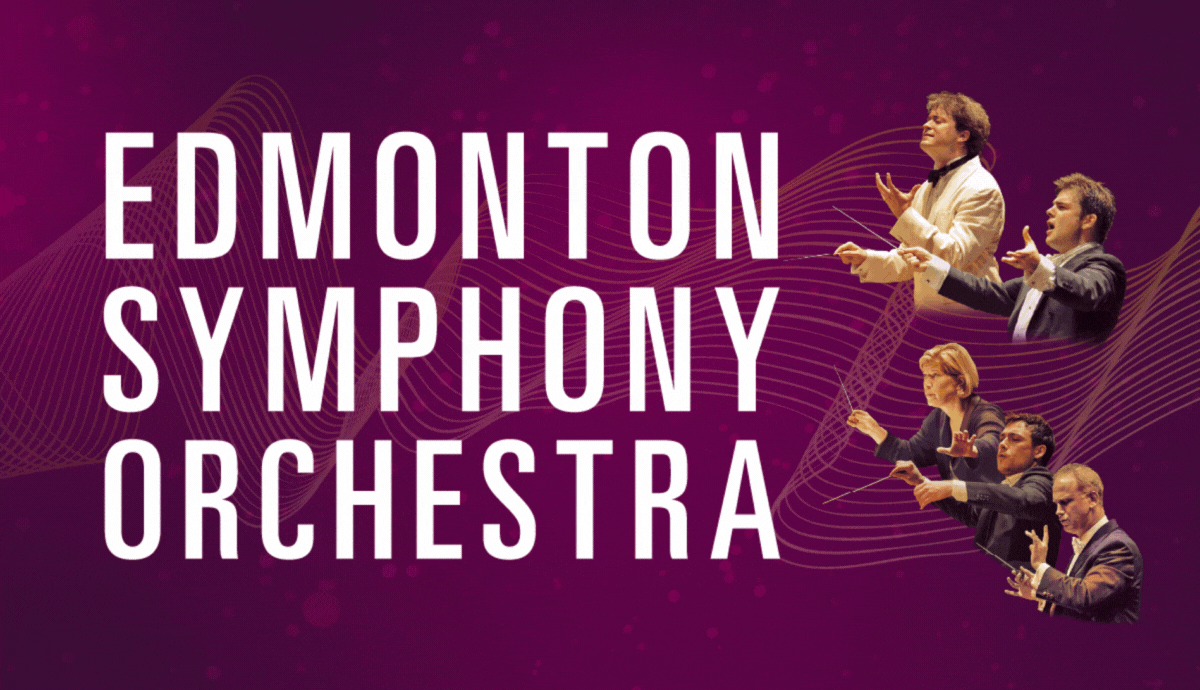A completion of an edition of a revision of a version
June 28, 2018

On September 28 and 29, the Edmonton Symphony Orchestra will perform music by Mozart and Bruckner. Along with Mozart’s final concerto and Zeiss After Dark, they will play a version of Bruckner’s final symphony. This post is not about the particular version Alex Prior will conduct; nor is it even about why there is “a” version, rather than simply “the” version.
Do you remember the episode of The Simpsons when the teachers go on strike and members of the community take over as substitutes? Professor Frink had an oscillating ball toy (“The colours, children!”), and refused to let a child play with it, admonishing, “No, you can’t enjoy it on as many levels as I do.”
Well, pretty much any industry is like that. A mechanic can speak about car parts to a depth I cannot even fathom, a choreographer can map out a routine using words to which I can only guess at a meaning, and rocket scientists – well, you know.
Classical music can be like that too. If all the foreign (mostly Italian) words don’t throw you, there are rabbit holes down which one can descend that reveal even more rabbit holes. The symphonies of Anton Bruckner are like that.
Bruckner's Story
Bruckner (1824-1896, and pictured above) was a mass of contradictions. Intensely, almost mystically religious, he was also a devotee of Wagner, who was probably the closest any composer ever got to thinking himself a god. Bruckner was musically ambitious, but even a bit of well-intentioned criticism from a close friend could bring out insecurities and self-doubt that would cause him no end of second-guessing. He was shy and socially awkward – once even “tipping” a conductor (Hans von Bülow, no less) for agreeing to conduct one of his pieces.
Bruckner was a bit of a laughing stock among many in Viennese musical circles – a bit of a country bumpkin in a way – but he was driven by deep and profound beliefs.
- New Grove Dictionary of Music and Musicians
With each succeeding symphony, Bruckner attempted to reach ever nearer to his God. While he was a masterful composer, his symphonies were outside the mainstream of what was considered in good taste at the time. Everyone, from conductors to publishers to well-wishers, seemed to have their own ideas of how to make Bruckner’s music more palatable and audience-friendly.
Anxious to have his music heard, Bruckner compromised. The result? It’s an absolute mess trying to nail down definitive versions of the nine symphonies he composed. That’s why performances of almost any Bruckner symphony by any orchestra specify which version is being presented.
The Ninth Symphony
The Ninth Symphony – the one we’re performing September 28 & 29 – is particularly problematic. The first three movements were completed, and the fourth mostly sketched out, when Bruckner died. Its incompleteness has attracted a horde of completers, like the media to an all you can eat buffet.
This is where the rabbit hole thing comes in. We’re presenting a 2011 revision of a 2008 revised completion of a 2005 edition prepared by Nicola Samale and Benjamin-Gunnar Cohrs. Their edition was based on work done before by the team of Nicola Samale and Giuseppe Mazzuca, but all this was done at the same time as work done by William Carragan. These composers tried to realize what Bruckner had intended to do, had he gotten around to completing his own fourth movement. Of course, the foregoing does not address the many editions of the three other movements that are out there.
Bruckner himself compromised and revised his music enough that most music scholars have all but eliminated any editions of Bruckner symphonies done up to about the 1920s. In the time it’s taken me to scribble all this down, it is possible that seven or eight newer versions have been published. (OK, kidding on that last one.)
Listen to the Masters
Join us for Bruckner's Ninth Symphony – hear him attempt to reach God in his music. His Ninth Symphony is over an hour long – sprawling, even meandering at times – a powerful river that, provided one is willing to allow it to take you down its current, has the potential to move you profoundly, regardless of your own personal doctrine of the divine.
While fools like me attempt to explore the depths of the rabbit holes, it is all in the service of some remarkable music that amazes, delights, confuses, and rouses deep emotions – and will continue to do so, edition after edition. (The colours, children!)
I’m doing a Prelude all about the Ninth Symphony on Saturday, September 29 at 7 pm before the show — come and join me!
D.T. Baker


